SPACE
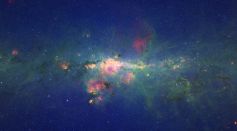
Radio Telescope Captures the Contemporary-Art-Like Heart of Milky Way Galaxy, Showcasing a Major Leap of Its Capabilities

NASA JPL Psyche Mission Preparation Resumes After a Year of Delay
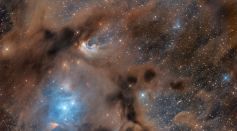
NASA's James Webb Space Telescope Sent Back Images of the Coldest Region in the Universe Where Stars and Planets are Born

HighlY Interactive ParticlE Relics Experiment (HYPER) Model Proposed by Scientists to Explain Dark Matter Formation in Early Universe

Venus Is Earth's Evil Twin; Here's Why
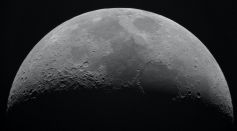
South Korea's Lunar Orbiter 'Danuri' Releases Astonishing Photos of Moon, Earth; Spacecraft Continues Search For Potential Landing Sites
SpaceX Completes First Wet Dress Rehearsal For Starship, Spacecraft on Track For Orbital Test Flight
Earth, Moon’s Cislunar Space Is Becoming Overcrowded, May Result in War [Report]
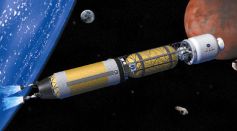
NASA Proposes Nuclear Rocket Design for Future Space Mission; Will It Be Possible to Send Astronauts to Mars in Just 45 Days?
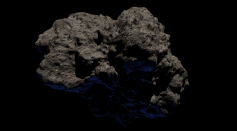
Primordial Asteroids Within the Solar System Are Hard To Destroy; Could Earth's Safety Be at Stake?
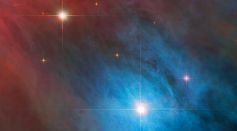
Hubble Space Telescope Captures Young Stars in Tempestuous Moods About 1,450 Light-Years From Earth
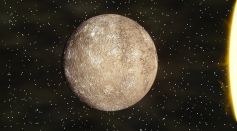
Astronomers Detect Star System With Two Super-Mercuries and Three Super-Earths; How Rare Are These Planets?

Earth's Inner Core Could Be Reversing Its Direction, Slowing Down
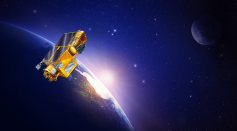
NASA Finalizing Ultrasat Satellite Launch, Contributing to Upcoming Israeli Astrophysics Mission
Most Popular

Can EV Batteries Be Recycled? How Lithium Recovery Supports Sustainable Batteries

Coral Bleaching Crisis: How Ocean Warming Threatens Marine Ecosystems Worldwide

V2G Technology: How EV Energy Storage Utilizes Smart Grid and Renewable Energy Integration

El Niño and La Niña Explained: How Climate Cycles Drive Extreme Global Weather Patterns




